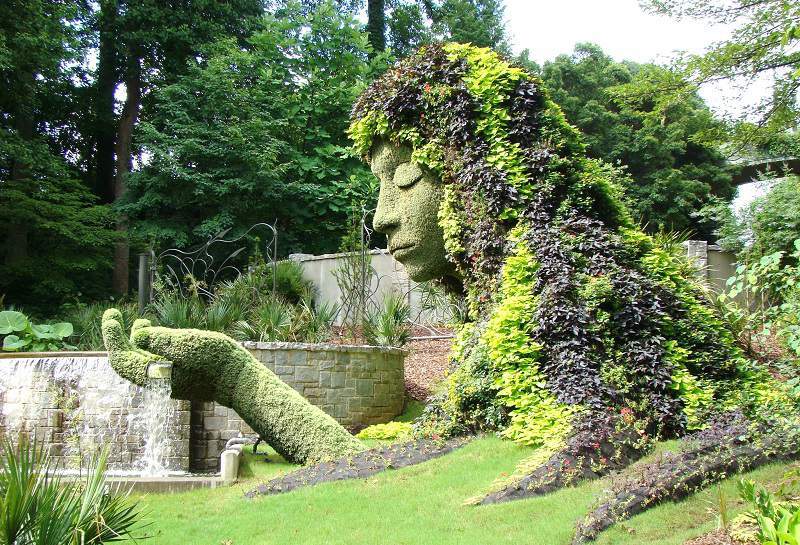
The world’s earliest gardens were planted to reap medicinal benefits and celebrate the gods. Over time, the purpose of gardens has expanded dramatically, with people growing gardens for a number of functional and not-so-functional reasons. Take a trip with us as we explore six mesmerizing gardens around the world, landing on almost every continent but Antarctica. (And keep your bucket list handy—you will be needing it.)
Canada: Butchart Gardens
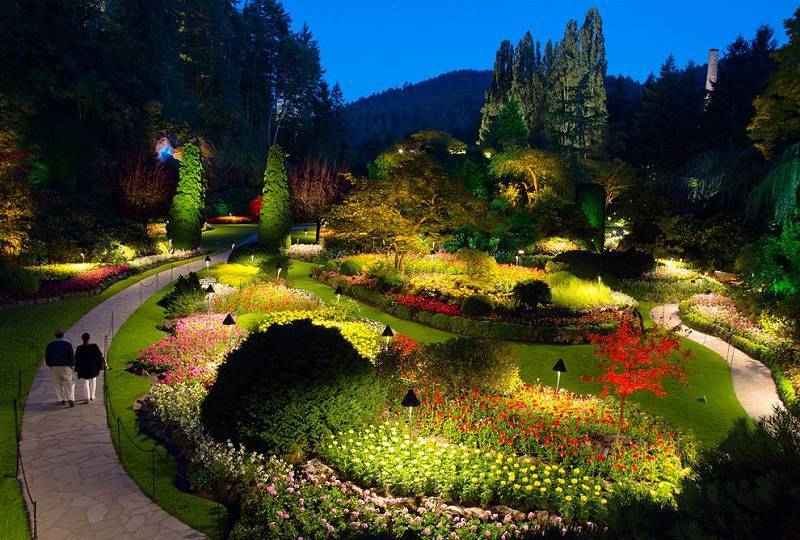
Source: National Geographic
Brentwood Bay, British Columbia is home to one of world’s most beautiful expanses of plants and trees—the Butchart Gardens. Featuring uninterrupted bloom from more than one million bedding plants, the site has since been designated as a National Historic Site of Canada. Each year, nearly a million visitors gape at the various gardens that contain more than 900 varieties of colorful blooms.
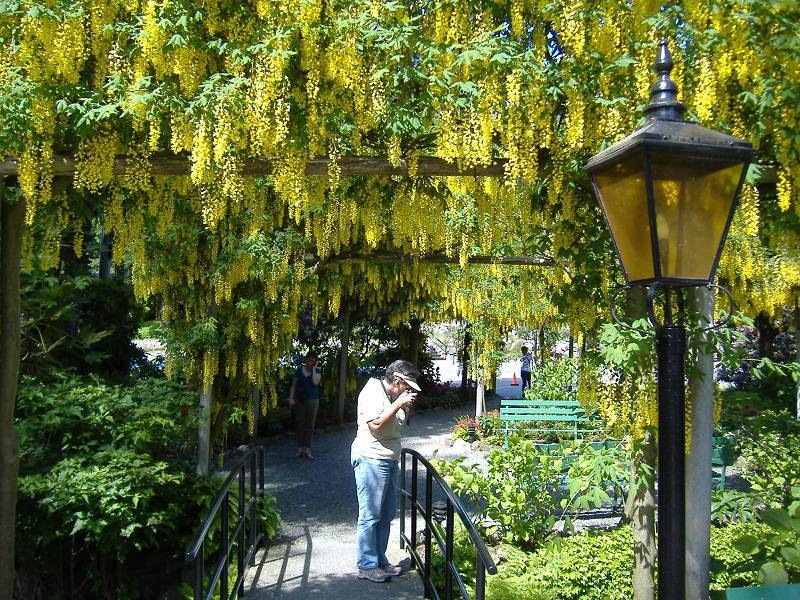
Source: Joy Kennedy
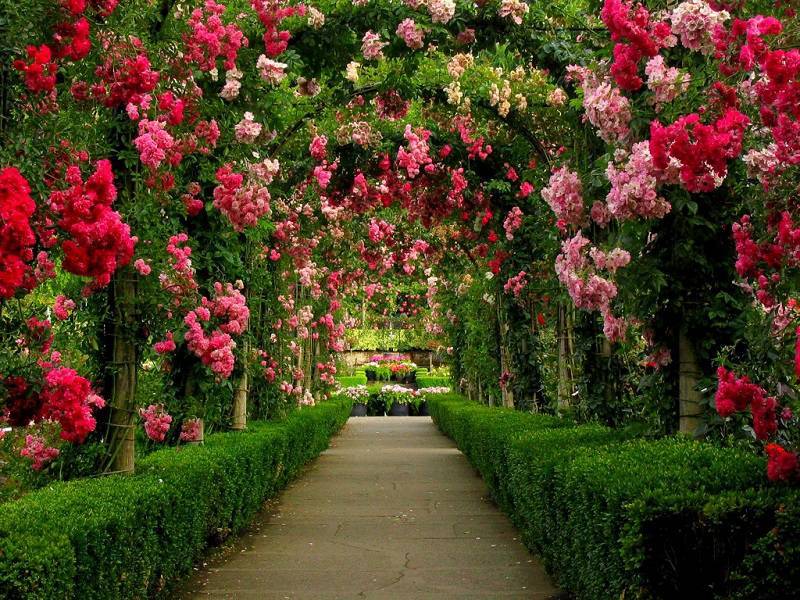
Source: Gallery
The Butchart Gardens grew under the careful hands of Jennie Butchart, who settled on Canada’s west coast with her husband in the early 1900s. From 1906 to 1929, Jennie built the first the Sunken Garden, and then the Japanese Garden, an Italian Garden and a Rose Garden.
As early as 1920, upwards of 50,000 people would visit the garden each year. These days, the site is recognized internationally as one of the most magnificent gardens around the world.
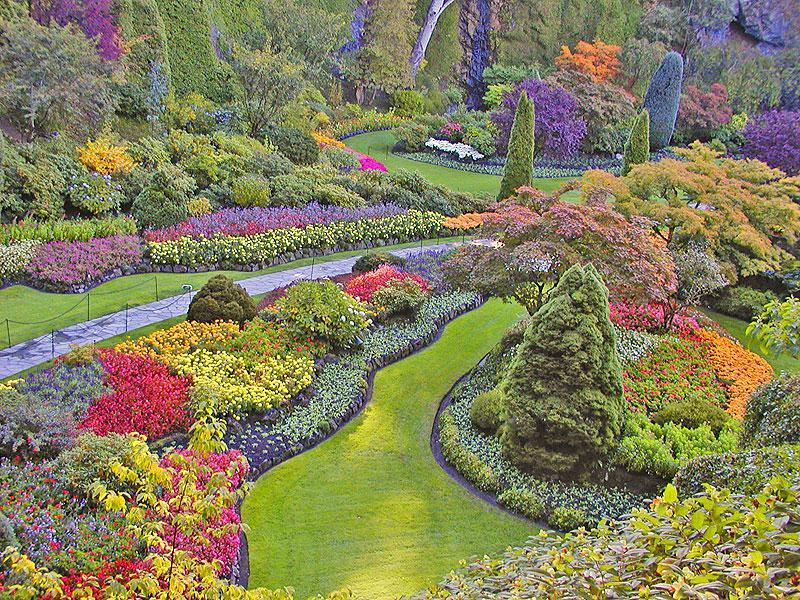
United Arab Emirates: Dubai Miracle Garden

Source: Black Thumb Gardener
Take one look at photos of the Dubai Miracle Garden, and you might mistake the landscape for a still from the latest Alice in Wonderland film. With more than 45 million flowers on display, the Dubai Miracle garden has truly earned its place as the world’s largest garden.
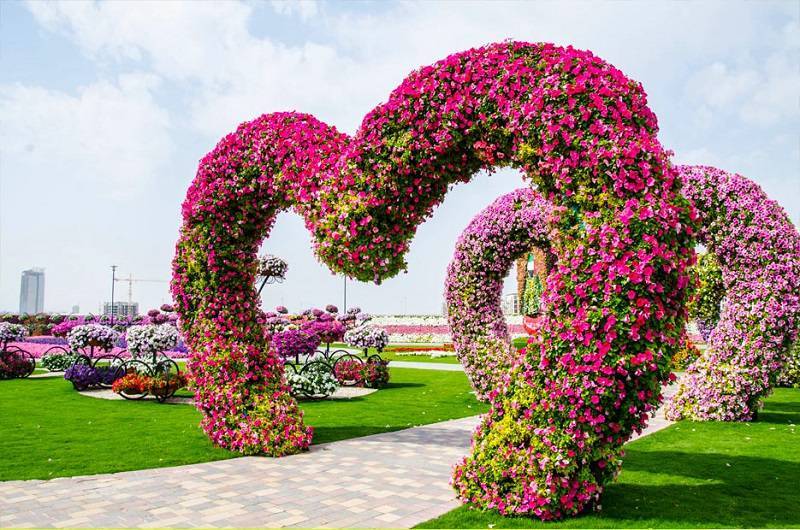
Source:
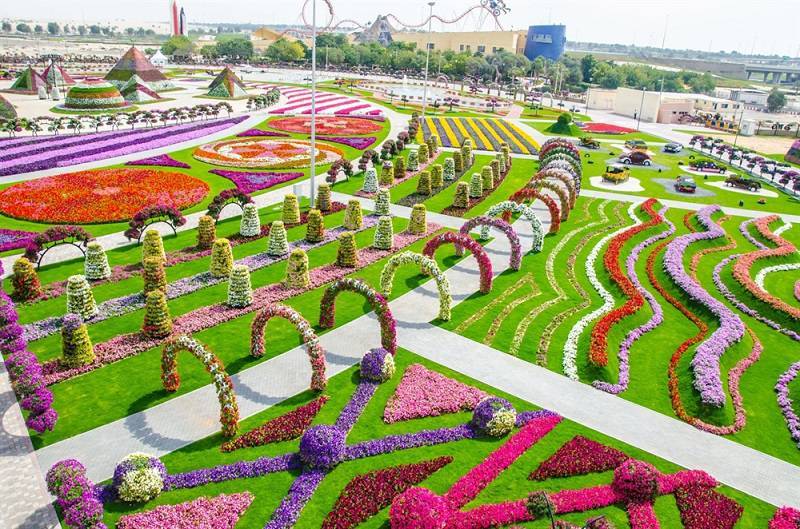
The Dubai Miracle Garden is unique in that it was essentially built on a desert. Head landscaper Akar says that the grounds are a great example of how it is possible to “green the desert” by reusing waste water.
Designers took additional precautions to protect the beautiful garden arrangements from the environment. For instance, the garden’s perimeter is lined with trees that are used as windbreakers. Unlike most of the gardens around the world, the Dubai Miracle Garden closes during the summer due to severe weather conditions.
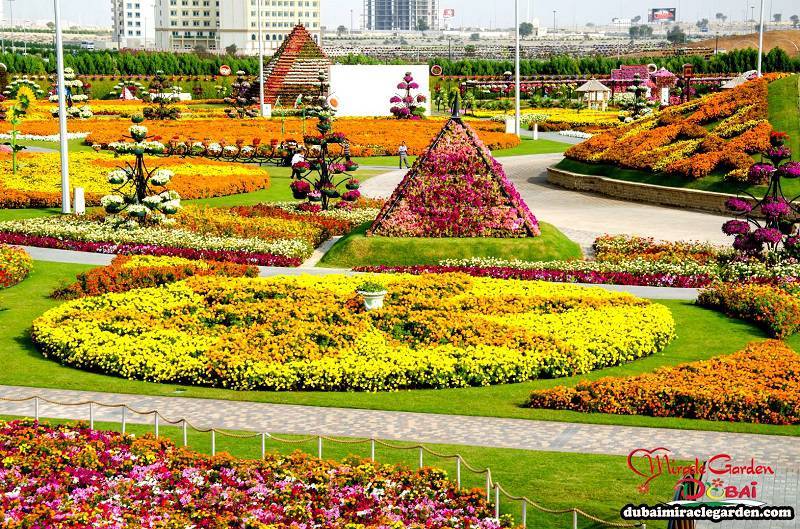
Source: Dubai Miracle Garden
Asia: Nong Nooch Tropical Botanical Garden
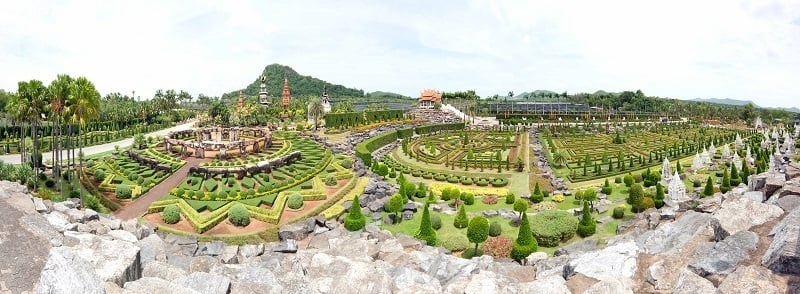
Source: Dr. Giuseppe Mazza
Catch a plane to Pattaya, Thailand to explore the beautiful Nong Nooch Tropical Garden. The garden covers more than 500 acres of land, with its space divided into a number of smaller gardens such as the Canna Garden, Butterfly Hill, Blue Garden and the Stonehenge Garden. Aside from housing the largest variety of orchids in Thailand (more than 650 species), Nong Nooch Tropical Botanical Garden also has an on-site Cycad Genebank, which helps preserve and protect cycad species that are going extinct.

Source: Wikipedia
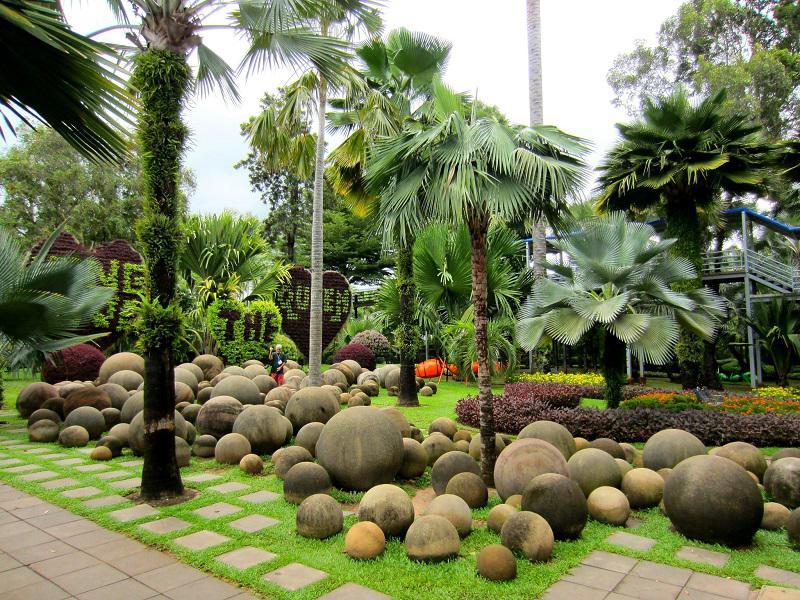
Source: The Pond Blog
Nong Nooch Tropical Botanical Garden first opened its doors to the public in 1980 after being used as a plantation for growing local fruits.
Over the past few decades, the tropical garden has quickly become one of the world’s most beautiful gardens, for both its stunning landscape and vast variety of flower and plant species. Aside from flowers, Nong Nooch Tropical Botanical Garden also offers various entertainment such as Thai cultural shows and elephant shows.
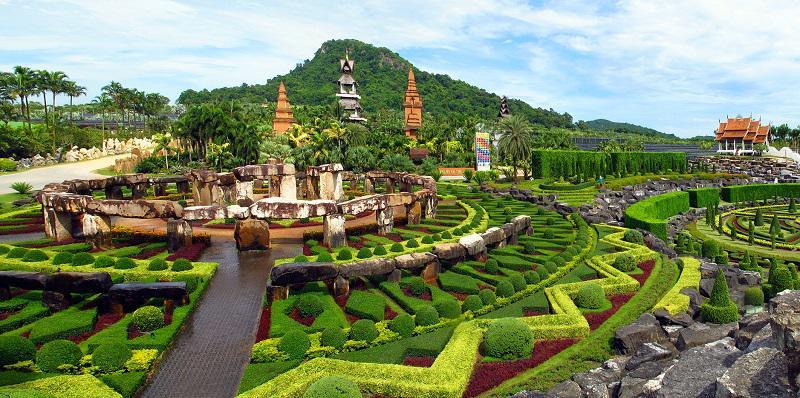
Africa: Kirstenbosch National Botanical Gardens
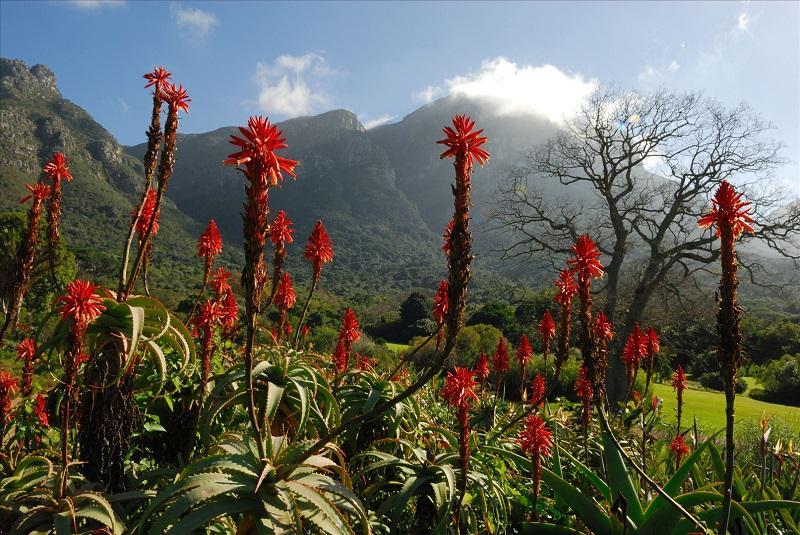
Source: South African Flights
Situated at the foot of Table Mountain in Cape Town, South Africa, the Kirstenbosch National Botanical Gardens contain more than 7,000 distinct plant species. Along with an unbeatable collection of indigenous ferns, albines and other plant life, Kirstenbosch also features a number of smaller themed gardens. One of these gardens is the Medicinal Garden, which protects various plant species that are known for their medicinal uses.
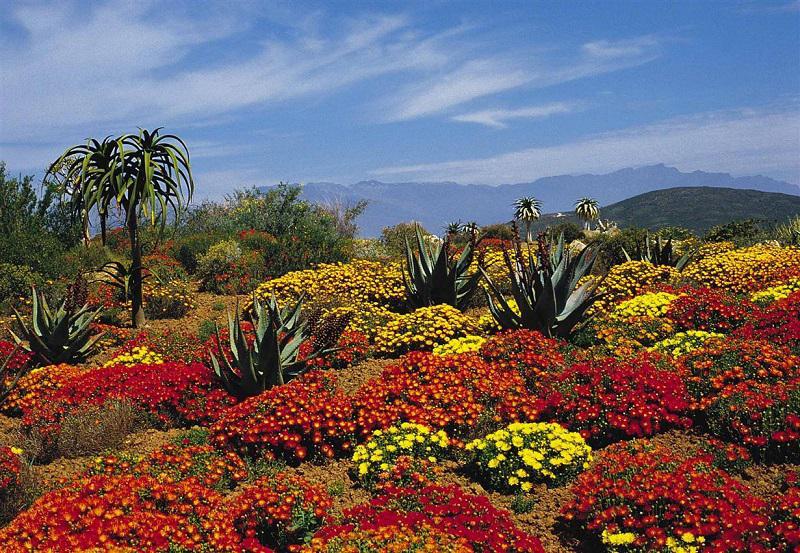
Source: Cape Town Tourism
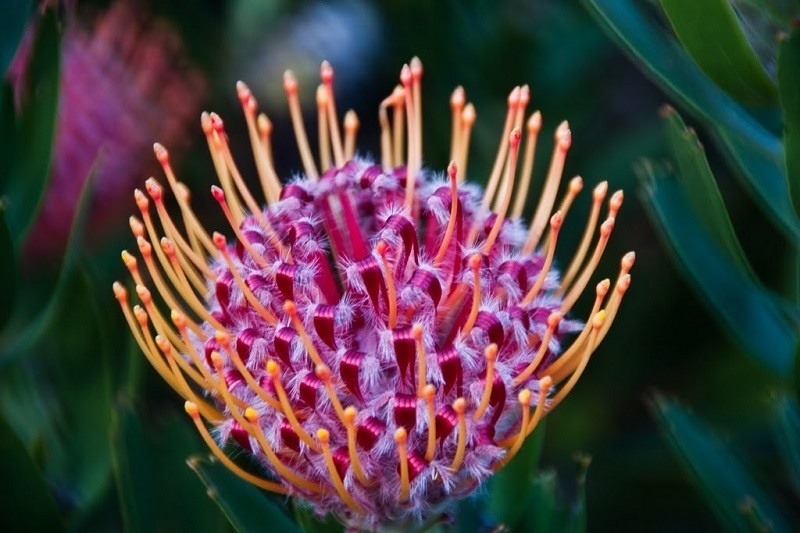
Source: Knoleskine
Kirstenbosch was founded in 1913 as the world’s first botanical garden created with the intention of preserving South Africa’s unique plant life. The first (and most popular) of South Africa’s nine National Botanical Gardens, Kirstenbosch is protected as a UNESCO World Heritage Site. We recommend visiting in spring, when the South Africa’s national flower, the protea, are blooming in the Protea Garden (seen above).
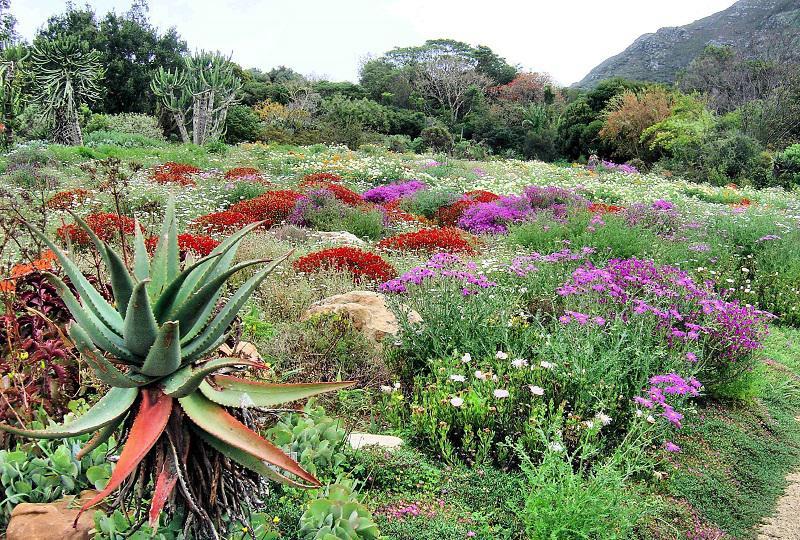
Europe: Keukenhof Garden
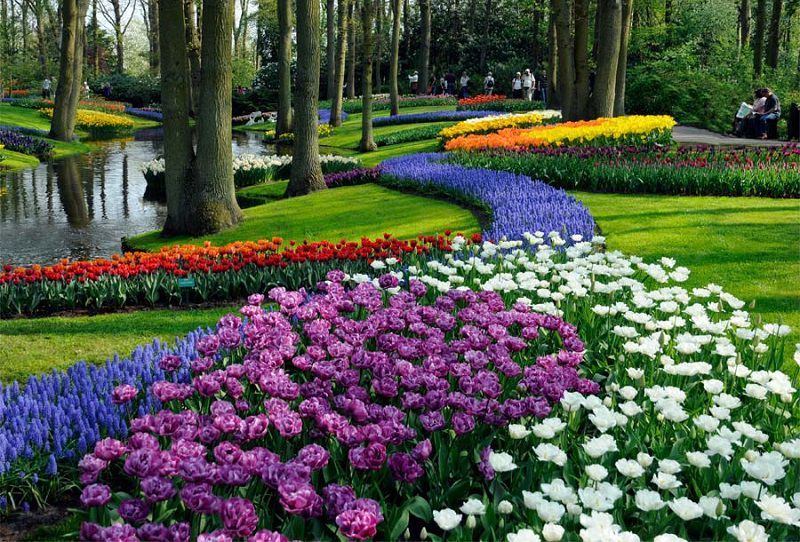
Source: Gardens Online
With 75,000 tulips displayed in over 600 varieties, Keukenhof Garden is without a doubt one of the most colorful of all the gardens in the world. When in bloom, the stunning tulips and other flowers—the Oranje Nassau Pavilion features a different flower every weeks—amass to create a sea of vivid hues. Keukenhof Garden is the second largest flower garden on the planet, smaller only than the Dubai Miracle Garden.
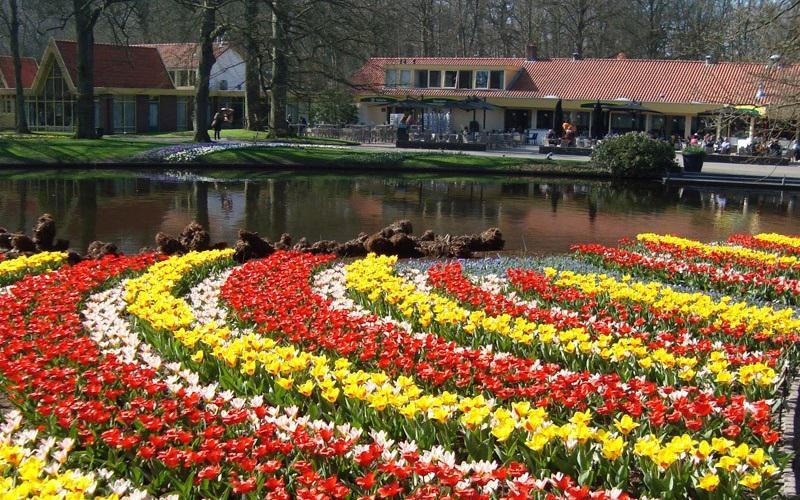
Source: I Love Traveling

Source: Newton Abbot Travel Club
Also known as the Garden of Europe, “Keukenhof,” meaning “kitchen courtyard” in Dutch, was named after its 15th century use as a place where people hunted and collected food for the castle of Jacoba van Beieren. Landscapers Jan David Zocher and his son Louis Paul redesigned the park in 1857, creating the basis for today’s English Landscape garden style. Unfortunately for visitors, Keukenhof Garden is only open in spring, when the park’s regular roster of employees jumps from about 50 to 750.
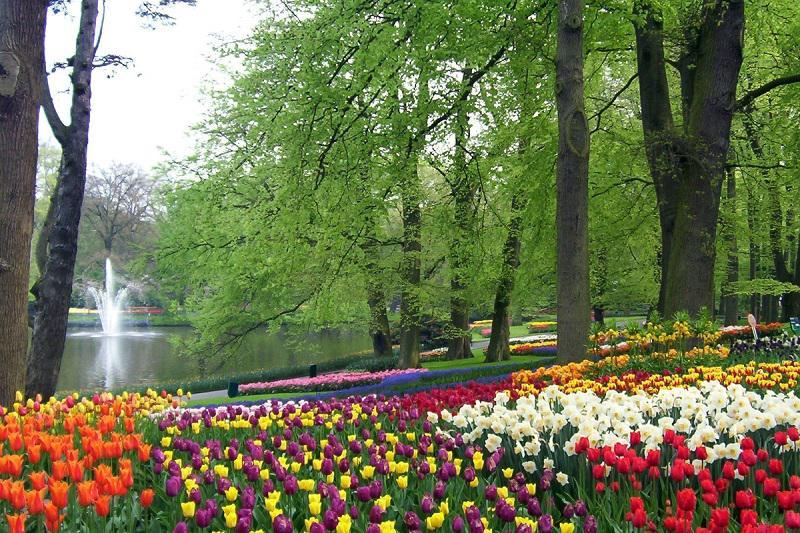
Source: Frame to Frame
Australia: Hunter Valley Gardens
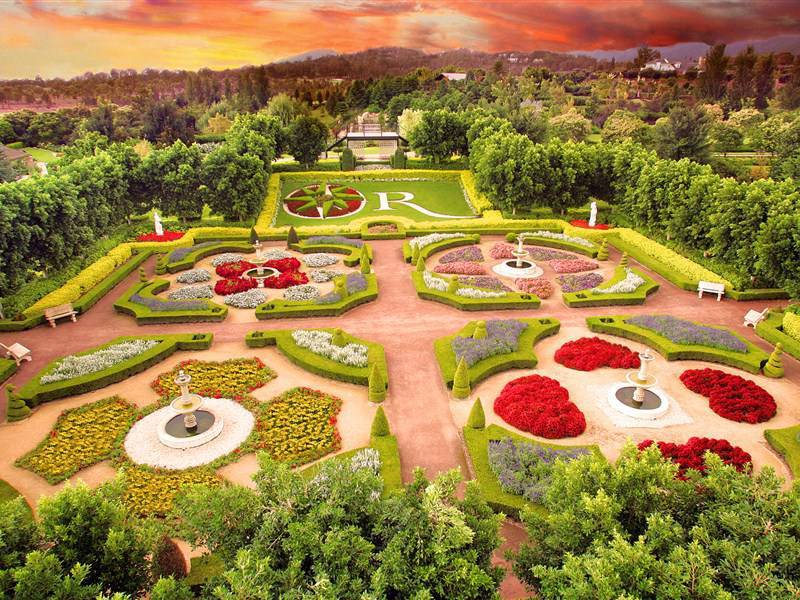
Source: Jac and Jules
For a lush, beautiful garden with storybook appeal, you need only travel down under to Pokolbin, Australia to the Hunter Valley Gardens. Broken down into ten distinctly styled gardens that range from the Indian Mosaic Garden to the Formal Garden, this beautiful collection of flora and fauna is the perfect garden for families. Visitors can meander through the Storybook Garden to find colorful mosaics and characters from your favorite nursery rhymes.
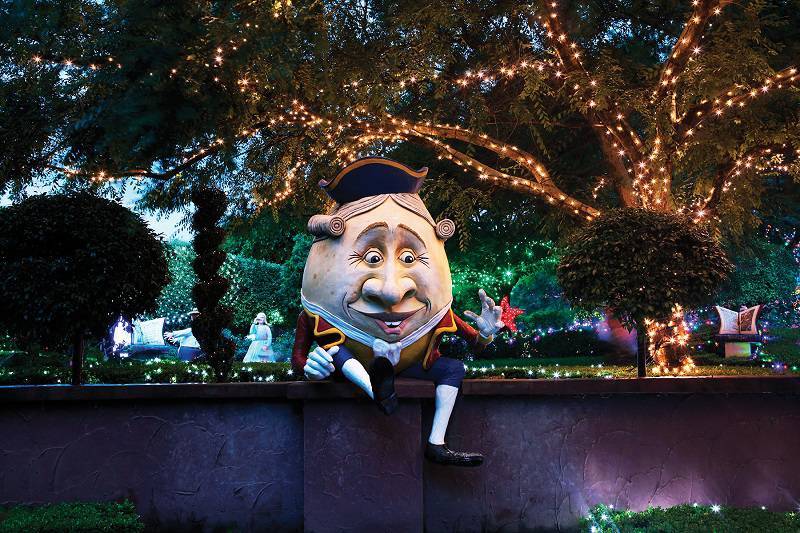
Source: Sydney Social
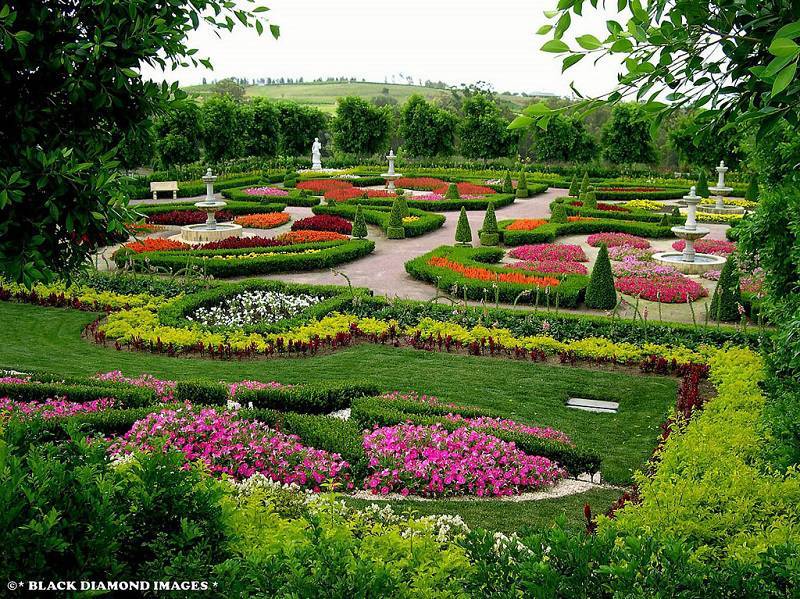
Source: Fun Over Fifty
Compared to other gardens around the world, the Hunter Valley Gardens are relatively new. Bill and Imelda Roche purchased the property in 1997, took five years to grow and develop the land, then opened the gardens to the public in October 2003. The Hunter Valley Garden Facebook page claims that the gardens contain more than 6,000 trees, 600,000 shrubs and a staggering 1,000,000 ground covers.
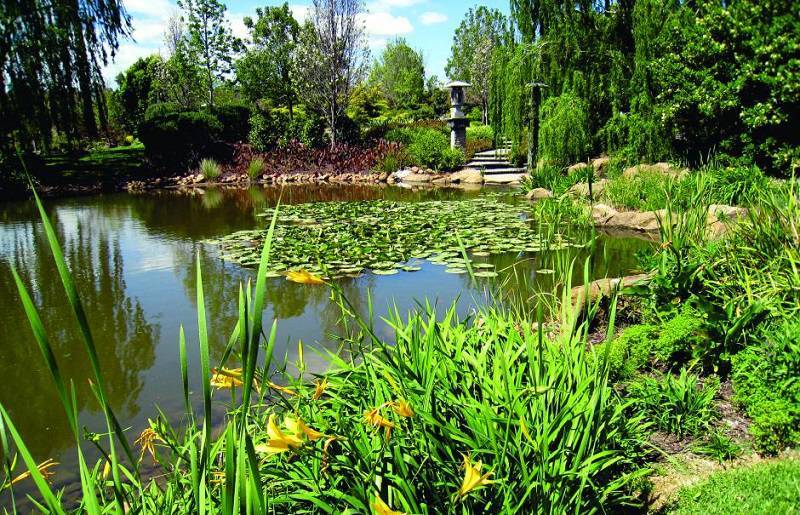
Source: Polleys
If you loved these gardens around the world, check out this list of the most incredible secret gardens around the world.





